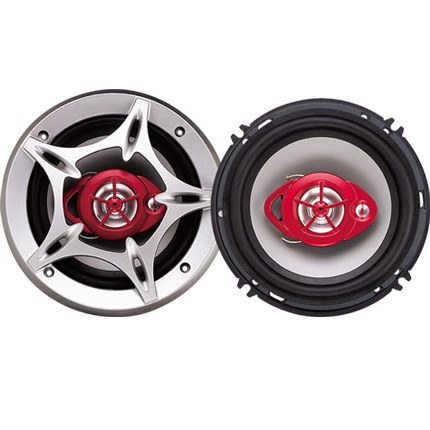Rear Parking Brake Cable Maintenance and Replacement Guide for Optimal Vehicle Performance
Understanding the Rear Handbrake Cable Maintenance, Symptoms, and Replacement
The rear handbrake cable, often overlooked, is a critical component of a vehicle's braking system. Responsible for the operation of the rear brakes when the handbrake lever is engaged, this cable ensures that the car remains stationary when parked, providing safety and security. Over time, like many vehicle components, the handbrake cable can wear out or develop issues. This article will explore the importance of the rear handbrake cable, common symptoms of failure, maintenance tips, and when to consider replacement.
The Importance of the Rear Handbrake Cable
The rear handbrake, also known as the emergency brake or parking brake, is essential for preventing a vehicle from rolling when parked, particularly on inclines. The rear handbrake cable connects the handbrake lever, usually found between the front seats, to the rear brake system. When the lever is pulled, the cable tightens, pulling the brake shoes or pads against the drum or rotor, thereby securing the vehicle. This simple yet essential mechanism becomes a lifeline when the primary braking system fails or in emergency situations.
Common Symptoms of Handbrake Cable Issues
1. Increased Pull Required One of the first signs that the handbrake cable may be failing is an increased effort required to pull the handbrake lever. If it feels unusually stiff or requires significant force, this may indicate wear or damage within the cable or related components.
2. Handbrake Not Holding A crucial function of the rear handbrake is to keep the vehicle stationary. If the handbrake engages but fails to hold the car on an incline, it could be a sign of a stretched cable or problems with the brake shoes or pads. This necessitates immediate attention to ensure safety.
3. Uneven Brake Engagement If one side of the rear brake engages more effectively than the other, it could indicate that the handbrake cable is frayed or damaged. This can lead to uneven wear on the brake components and reduced braking effectiveness.
4. Visible Damage Regular inspections can help spot visible signs of wear and tear on the cable. Fraying, rust, or corrosion are all indicators that the cable may need to be replaced to prevent failure.
5. Unusual Noises Creaking, grinding, or other unusual noises when engaging or releasing the handbrake may signify that the cable is binding or obstructed. This can lead to further complications if not addressed promptly.
Maintenance Tips
rear handbrake cable

To ensure the longevity and effectiveness of the rear handbrake cable, routine maintenance is key
. Here are some tips- Regular Inspections Routinely check the condition of the handbrake cable and associated components. Look for signs of wear, rust, or fraying.
- Lubrication If accessible, lubricate the cable with appropriate grease to prevent binding and wear. This can help maintain smooth operation.
- Adjustments Periodically check the adjustment of the handbrake lever. If the lever travels significantly higher than usual when engaged, it may need adjusting to ensure proper tension on the cable.
- Keep Clean Ensure that the area around the handbrake mechanism remains clean and free from debris, as this can affect the cable's operation.
When to Replace the Handbrake Cable
If you notice any of the symptoms mentioned above, it may be time to replace the rear handbrake cable. Ignoring these signs can lead to a complete failure of the handbrake system, potentially resulting in dangerous situations. Replacement is particularly crucial if the cable has visible damage or has significantly stretched.
Changing a handbrake cable can be a manageable DIY task for those with mechanical experience. However, for those unfamiliar with brake systems, it is advisable to seek professional assistance to ensure the task is completed safely and accurately.
Conclusion
The rear handbrake cable may seem like a small component, but its role in vehicle safety is paramount. Regular maintenance, awareness of symptoms of wear, and timely replacements can ensure that the handbrake system functions effectively, providing peace of mind every time you park your vehicle. By taking proactive steps to care for this crucial element of your braking system, you help ensure your safety and the safety of others on the road.
-
Upgrade Your Vehicle with High-Quality Handbrake CablesNewsNov.01,2024
-
Optimize Your Bike's Performance with Quality CablesNewsNov.01,2024
-
Enhance Your Vehicle's Performance with Quality Clutch ComponentsNewsNov.01,2024
-
Elevate Your Vehicle's Performance with Quality Throttle CablesNewsNov.01,2024
-
Elevate Your Vehicle's Performance with Quality CablesNewsNov.01,2024
-
Affordable Solutions for Your Cable NeedsNewsNov.01,2024
